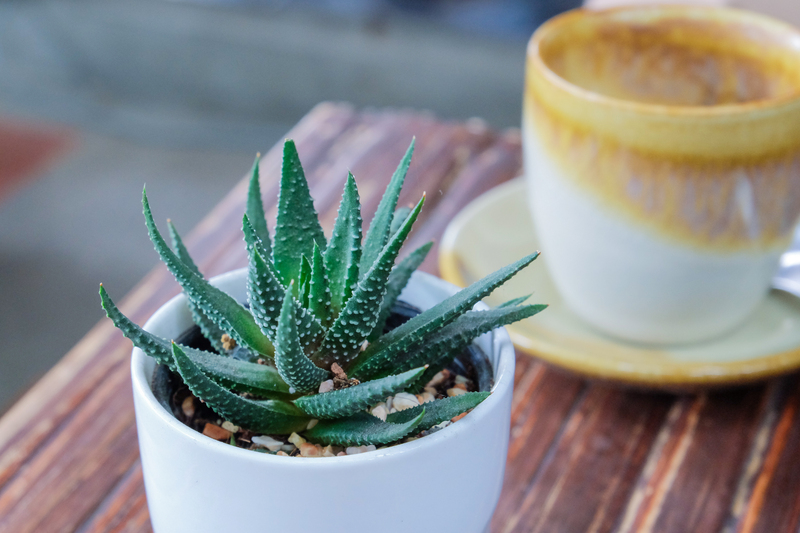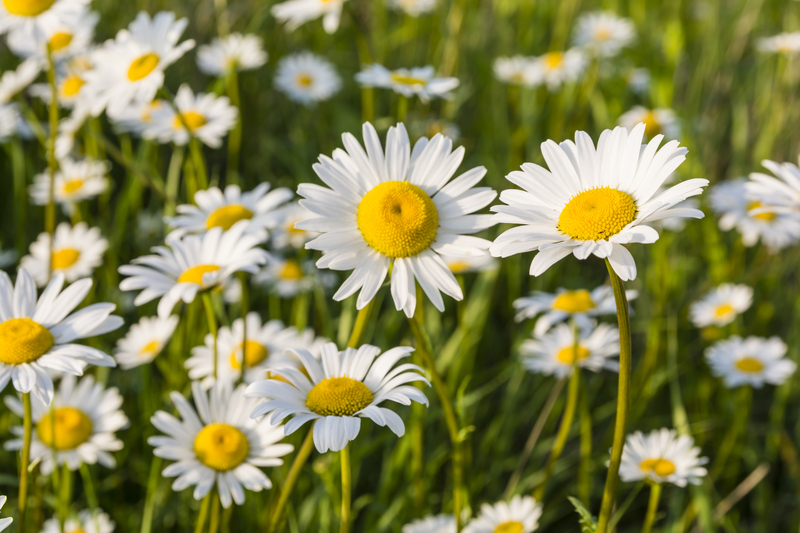Gardening is a beloved hobby for many, offering a peaceful respite from the hustle and bustle of everyday life. However, for those living in urban areas or small homes, space can be a significant constraint. Fear not! With some creativity and planning, even the smallest spaces can be transformed into lush, productive gardens. Here are some innovative space-saving garden ideas to help you make the most of your limited area.
Vertical Gardening
One of the most effective ways to save space in your garden is to go vertical. By utilizing walls, fences, or specially designed vertical garden structures, you can cultivate a variety of plants without taking up valuable ground space. Common vertical gardening techniques include:
- Trellises and Arbors: Perfect for climbing plants like tomatoes, cucumbers, and beans.
- Hanging Planters: Utilize ceiling space to grow flowers, herbs, or even strawberries.
- Wall-mounted Planters: Ideal for herbs, small flowers, and succulents.

Container Gardening
Container gardening is a versatile method that allows you to grow plants in pots, boxes, or other containers. This approach is perfect for balconies, patios, or small backyards. Some tips for successful container gardening include:
- Select the Right Container: Ensure it has good drainage and is appropriate for the plant's size.
- Use Quality Soil: Container plants need fertile soil to thrive.
- Regular Watering: Containers dry out faster than garden beds, so keep an eye on moisture levels.
Square Foot Gardening
Square foot gardening involves dividing your growing area into small, manageable sections, typically one foot square. This method maximizes space and reduces waste. Here's how to start:
- Create a Grid: Use string or wooden slats to section off your garden.
- Plan Your Plants: Group plants by their size and growth needs.
- Rotate Crops: Keep the soil healthy by rotating what you plant in each square.
Utilize Balconies and Railings
Don't overlook the potential of balconies and railings. These often underused areas can be turned into productive gardens with a bit of ingenuity:
- Rail Planters: Attach planters directly to your railing to grow flowers or herbs.
- Shelf Units: Install shelving units to hold multiple containers or pots.
- Hanging Baskets: Create a cascade of greenery by using hanging baskets at varying heights.
Windowsill Herb Gardens
If outdoor space is extremely limited, consider growing herbs on your windowsill. Many herbs, such as basil, parsley, and thyme, are well-suited for indoor cultivation and require minimal space. Tips for successful windowsill gardening:
- South-facing Windows: Provide the most sunlight, ideal for herb growth.
- Regular Pruning: Encourage bushier growth by pruning regularly.
- Use Small Pots: Maintain manageable pot sizes to fit on your windowsill.
Utilize Underutilized Spaces
Think outside the box and utilize unconventional spaces for gardening. For example:
- Driveways and Walkways: Use container gardens to line these areas.
- Staircases: Place pots on each step or install a tiered plant stand.
- Furniture Integration: Choose furniture with built-in planters or create DIY versions.
Pros and Cons
Pros:
- Maximizes Space: Allows gardening in areas where traditional methods wouldn't be feasible.
- Aesthetic Appeal: Vertical and container gardens can add beauty and visual interest.
- Accessibility: Easier to maintain, especially for those with mobility issues.
- Flexibility: Containers can be moved to optimize sunlight exposure.
Cons:
- Limited Plant Variety: Some plants may not be suitable for contained or vertical growth.
- Maintenance: Containers and vertical gardens may require more frequent watering and care.
- Initial Cost: Specialized containers and structures can be more expensive upfront.
- Space Constraints: Limited space means limited harvest compared to traditional gardens.
Tips for Success
1. Plan Ahead: Sketch your garden layout and choose plants that are suitable for your space.
2. Use Quality Materials: Invest in good soil, containers, and support structures.
3. Stay Consistent with Care: Regular watering, feeding, and pruning will keep your garden thriving.
4. Optimize Sunlight: Ensure your plants get adequate sunlight by moving containers if necessary.
5. Experiment: Don't be afraid to try new plants or designs to see what works best in your space.

Takeaways
- Creativity is Key: You can create a thriving garden, no matter how limited your space, by thinking outside traditional gardening methods.
- Effort and Care Pay Off: Consistent care and proper planning will yield beautiful and productive results.
Conclusion
Small space doesn't mean you have to give up on your gardening dreams. From vertical gardens to container cultivation and innovative use of everyday spaces, there are plenty of ways to create a flourishing garden in limited areas. The satisfaction of growing your own plants and the addition of greenery to your living space make the effort worthwhile. Happy gardening!





